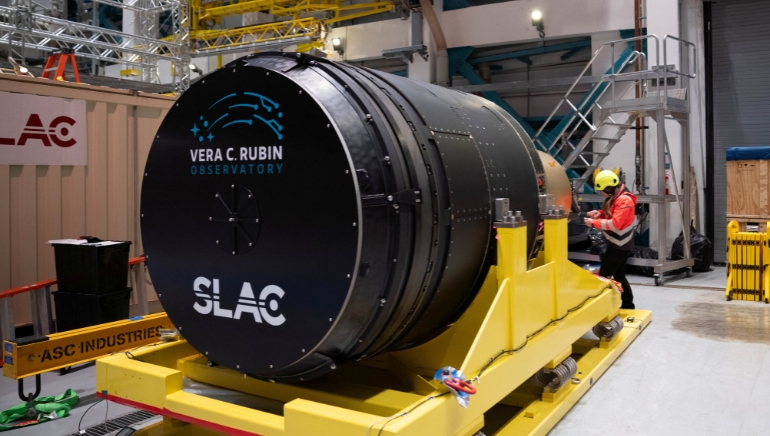The largest optical astronomy digital camera ever constructed is going to be hosted in Chile. It weighs approximately three tonnes and has a resolution of 3.2 gigapixels. The camera and ground-based telescope of the Vera C. Rubin Observatory have been moved to Cerro Pachón in the Coquimbo area, which is 565 kilometres north of Santiago.
According to Stuartt Corder, assistant director of the NOIRLab facility and chief science officer of the AURA organisation, “Everything needed for operations is now on the summit and ready for checkout and hopefully for installation later this year.”
Along with the camera and an automated data processing system, the Rubin Observatory has an eight-meter wide-field telescope. Over a period of ten years, it will produce a catalogue of fifteen petabytes, or twenty terabytes of data per night.
Studying possible collisions between Earth and asteroids or neighbouring stars and planets is a major goal, in addition to understanding dark energy and dark matter. Speaking about the importance of the research, Corder stated, “In ten years, we hope to answer fundamental questions about the universe’s origin and evolution.”
The Atacama Desert in Chile is the driest on the planet, and due to its exceptionally bright skies, it is perfect for astronomy.















